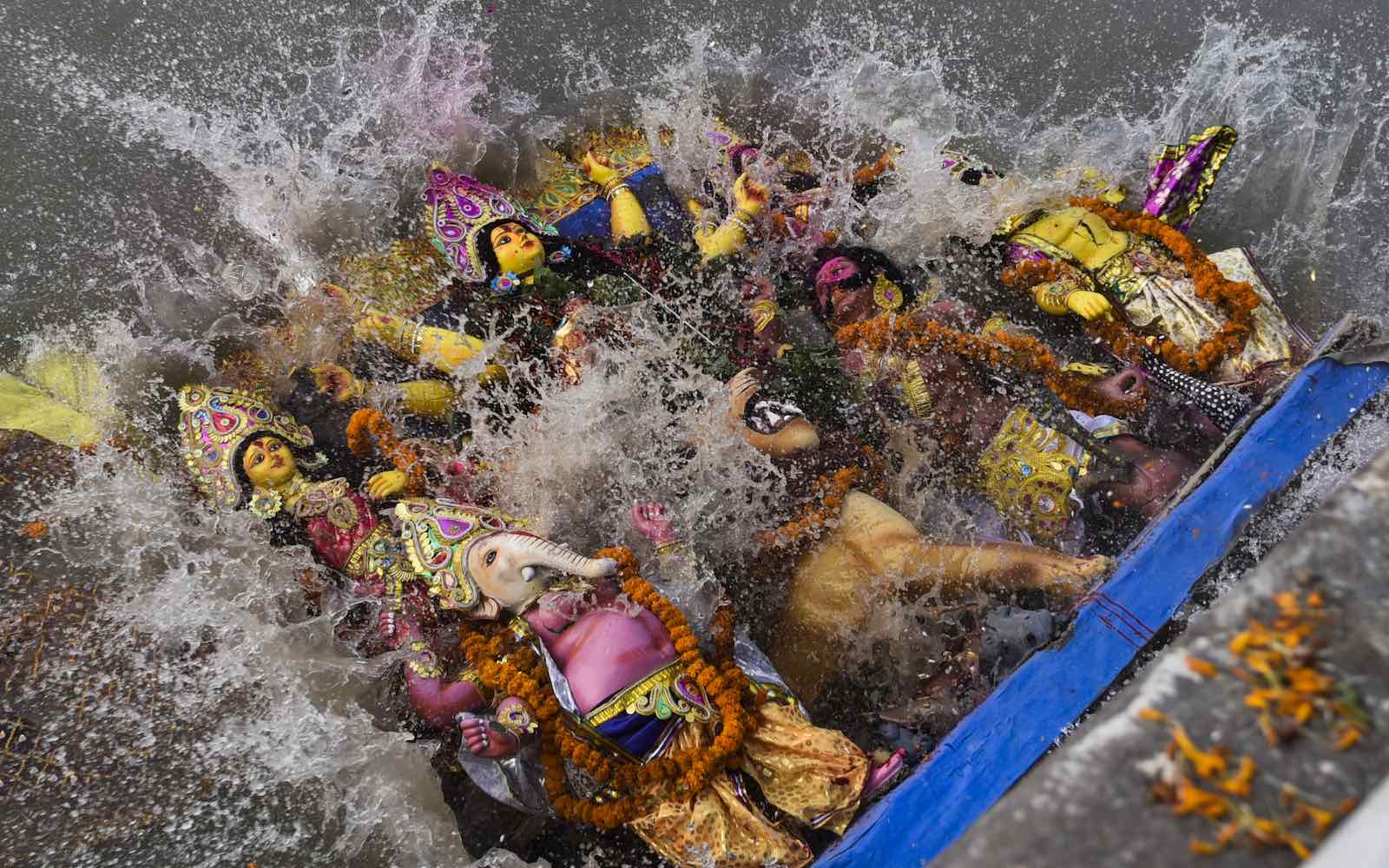For those who are relying on China's intervention against India, hoping for punitive measures that would affect India's water resources, here are some important facts that might challenge your assumptions:
In short, China’s ability to significantly impact India’s water resources is much lower than some might believe, especially when compared to India's capacity to respond to potential challenges from its western neighbor.
- Brahmaputra River: Only 7% of the Brahmaputra's main stream flow originates from Tibet, where China could potentially build dams. If we include all the northern tributaries, this figure increases to 30%. However, the Brahmaputra has over 20 significant northern tributaries and hundreds of smaller feeders, making China’s overall capacity to influence the river’s flow minimal in comparison to its scale.
- Ganga River: The Ganga originates entirely within India's borders, and the majority of its tributaries also lie within India or Nepal. China's potential influence over this river system is negligible.
- Sutlej River: While Tibet does contribute some non-monsoon glacial flow to the Sutlej, the bulk of its water comes from monsoon rains within India, limiting the degree to which China can alter its flow.
No one needs to wait, China will act swiftly and with extreme if your sanghi government decides to play water wars.
Hydrological investigations in the Brahmaputra basin are scarce, but in the upper Brahmaputra basin (3% GC), melt runoff was 25% (9% glacier and 16% snow melts) and river runoff was also dominated by other runoff of 75% (rainfall runoff, 59%; base flow, 16%)
The origin of the Ganga means little as the flow is nothing from it. The major tributaries come from Tibet. 718 billion cubic meters of surface water flows out of the Tibetan plateau and the Chinese-administered regions of Xinjiang and Inner Mongolia to neighbouring countries each year.
Nearly half that water, 48%, runs directly into India.

India-China relations and the geopolitics of water | Lowy Institute
Control over key rivers effectively gives China a chokehold on India’s economy – and poses a wider regional threat.
More on the Ganges;
In the upper Ganges basin (5% GC), combined snow and ice melt represented 20% of total runoff, with rainfall and base flow contributions of 66% and 14%, respectively, over 1998–2007 (4). In the Dudh Koshi basin (14% GC, Everest region in central Himalaya), melt runoff was estimated as 34% (5% glacier and 29% snow melts) over 1986–1997 with a T-index model (92). However, upstream in the same basin (43% GC), the melt runoff was 87%, with a very high glacier melt contribution of 46% over 2012–2015 using a SEB model (99). (4).
The Langtang watershed (Ganges basin, central Himalaya) is well studied using different models and provides an opportunity to compare results from different studies. Large differences in runoff composition, with melt runoff varying from 33% to 92% for almost the same watershed outlet, were observed from different studies (Fig. 1A and Table 2). This inconsistency could be due in part to different time periods, model structures, or glacier coverage (34 to 46%) of the various studies.
Your point about the river Sultej is an outright lie.
The Satluj river discharge, amounting to ∼59% of annual flow, comes from snow/glacier melt, and the remainder from summer monsoon rainfall (Singh and Jain, 2002).
Sure you can damage Pakistan like I posted before, but what China will do to you thereafter is the stuff of nightmares.
You have a far higher population density, more people and yet have a similar water scarcity to Pakistan.


